The history of the beautiful town of Cividale del Friuli begins during the Roman age and reaches the time of the Longobards when it became the first Duchy of Italy. So much history has passed within the walls of this ancient town that in recent years has seen evidence of Longobard rule enter the list of Italian places considered a UNESCO World Heritage Site.
In fact, just in 2011, Cividale del Friuli was included in the list 'Longobards in Italy. Places of the Power (568-774 A.D.)'. Six other sites scattered around Italy are part of this list. They are located in Brescia, Varese, Clitunno and Spoleto (the latter two in the province of Perugia), Benevento and, finally, San Michele sul Gargano (Foggia).
Let's find out in Friuli Venezia Giulia which landmarks of the Longobard period have become UNESCO sites.

Cividale del Friuli: 'Longobards in Italy. Places of the Power'. The history of UNESCO sites
Extraordinary architecture still testifies to the passage of the Longobards in Italy. Of these testimonies, Cividale del Friuli preserves a great heritage, made even more precious by the UNESCO designation of some of its most important sites.
Here, King Alboino established the capital of the first Longobard duchy in the Italian peninsula in 568. Cividale, in a short time, thus became an important political, artistic, cultural and religious centre.
Indeed, they erected buildings of great importance until something even more significant happened in 738. Under the reign of Liutprand, the patriarch of Aquileia, Callistus, decided to move to Cividale to escape the raids of the Byzantines. In this way, the city of Cividale assumed a first-rate political and religious role. Definitively confirming its importance, in 796, the very Council that established the indissolubility of the marriage bond was held here.
Of this great Longobard past, which ended in 775 following the invasion of the Carolingians, there remain great testimonies, now protected by UNESCO.
In fact, the entire Gastaldaga area with the Tempietto Longobardo and the Episcopal Complex, which also includes the remains of the Patriarchal Palace below the present National Archaeological Museum, is now part of the UNESCO list.
Let's find out more about them!
The heart of the Longobard town of Cividale: the Gastaldaga and the Tempietto Longobardo
Gastaldaga (or Gastaldia or Gastalderia) takes its name from the gastaldo, the lord of the town. This area must have corresponded to the ancient Roman village, while it is now identified by Borgo Brossana, between Cathedral Square and the Natisone River.
An ancient Roman arch can be found here, as well as the 15th-century church of San Biagio and the Patriarchal Gate, which marked the entrance to the city in the early Middle Ages.
At the end of the Gastaldaga, lies the UNESCO heart of Cividale del Friuli: the famous Tempietto Longobardo (we could translate its name in English as 'little Longobard Temple').
Tempietto Longobardo: one of the most mysterious places in Cividale
Right in the Gastaldaga stands the so-called Tempietto Longobardo of Cividale. It was probably built on the initiative of Astolfo, duke of Friuli and later king of the Longobards until 756, and his wife Giseltrude.
Actually, this construction is not a 'small temple'. And even the title 'Oratory of Santa Maria in Valle' is improper since it is a later designation. On the other hand, even the appellation 'Longobard' refers only to the historical period, not to the artistic current.
In short, related to this splendid building there are many mysteries to unravel, including the one about its original use. All that is known is that it dates back to the middle of the 8th century. In fact, it seems that it was initially the palatine chapel of the gastaldo, but later became part of the Monastery of Santa Maria in Valle (hence the name of Oratory of Santa Maria in Valle).
In 1893 it was the nuns themselves who donated the Tempietto to the city of Cividale del Friuli.
The architecture and the incredible stucco decoration of the Tempietto Longobardo
If on the outside the building appears rather bare, it is inside that it enraptures the visitor's eye. Indeed, the richness of the decorations, many of which are still well preserved, is visually striking.
Inside, the space is organized into a square cross-vaulted hall plus a lower presbytery divided into three smaller spaces with barrel vaults. The two spaces are bordered by an impressive system of three-mullioned windows. Some of the materials used for the architectural elements, such as lintels and corbels, are from Roman or even Byzantine times. Instead, capitals and column bases date to the time of construction.
The interior was decorated with frescoes and stucco, but not everything survives the passage of time. Indeed, some frescoes are now in the Christian Museum of the Cathedral and the Archaeological Museum of Cividale. Others have been lost to earthquakes and collapse. However, a very important part is visible today in the wall facing west. Here, in fact, there are fine paintings that hark back to Greek and Byzantine masters.
Even the elegant stucco decorations bring back the great naturalness experienced in Byzantine art. We cannot fail to mention in this regard six female figures representing six saints. They seem reminiscent of classical motifs, however, they partially depart from them due to a greater study of volume. It seems that much of the stucco decoration was originally colored, making the entire Tempietto even more striking.
The Episcopal Complex: a great monumental area during the Longobard time
We told you earlier about Patriarch Callistus who decided to move to Cividale in 738. This move gave rise to a complex monumental system, which included the Basilica of Santa Maria Assunta, the Baptistery of St. John the Baptist, and the Patriarchal Palace.
Of the grand Episcopal Complex of Cividale del Friuli, however, only a few traces remain that have been recovered through archaeological excavations. Traces of the Baptistery have been recovered below the Cathedral, while ruins of the Palace lie below the present Archaeological Museum.
It was from the ruins of these excavations that some of the greatest masterpieces of Longobard art emerged. Today they are preserved in the Christian Museum of Cividale del Friuli (MUCRIS).
The magnificence of the Altar of Ratchis and the baptismal font of Callistus
For those who want to find out more about Longobard art, it is the Christian Museum and Treasure of the Cathedral of Cividale del Friuli (MUCRIS), which should be the place to start.
The Altar of Duke Ratchis (or Rachis) in Aurisina marble is presented as a parallelepiped with four religious subjects, each on each side. The style of the figures is strongly abstract giving an even more sacred value to the work. At the same time, however, the subjects are detached from the background, almost becoming figures in the round. The altar is made with such calligraphic precision that it almost looks like an ivory sculpture.
The Tegurio di Callisto is the other masterpiece of Longobard art coeval with the Altar. It was prepared for the octagonal-shaped Font of the Baptistery. It is made of eight small arches on columns and capitals of Corinthian features surmounting the baptismal font. Particularly beautiful are the decorations carved on the arches and evoking themes related to redemption and salvation. Plants can be seen, as well as peacocks, lions, and lambs.
Cividale del Friuli: 'Longobards in Italy. Places of the Power'. A treasure to discover
These Longobard masterpieces tell the story of the wealth of this ancient Cividale del Friuli. Still much, however, remains hidden from our gaze and memory. Inclusion in the UNESCO sites certainly gives due luster to this chapter of history that is just waiting to be discovered.
About the author
Written on 02/01/2023


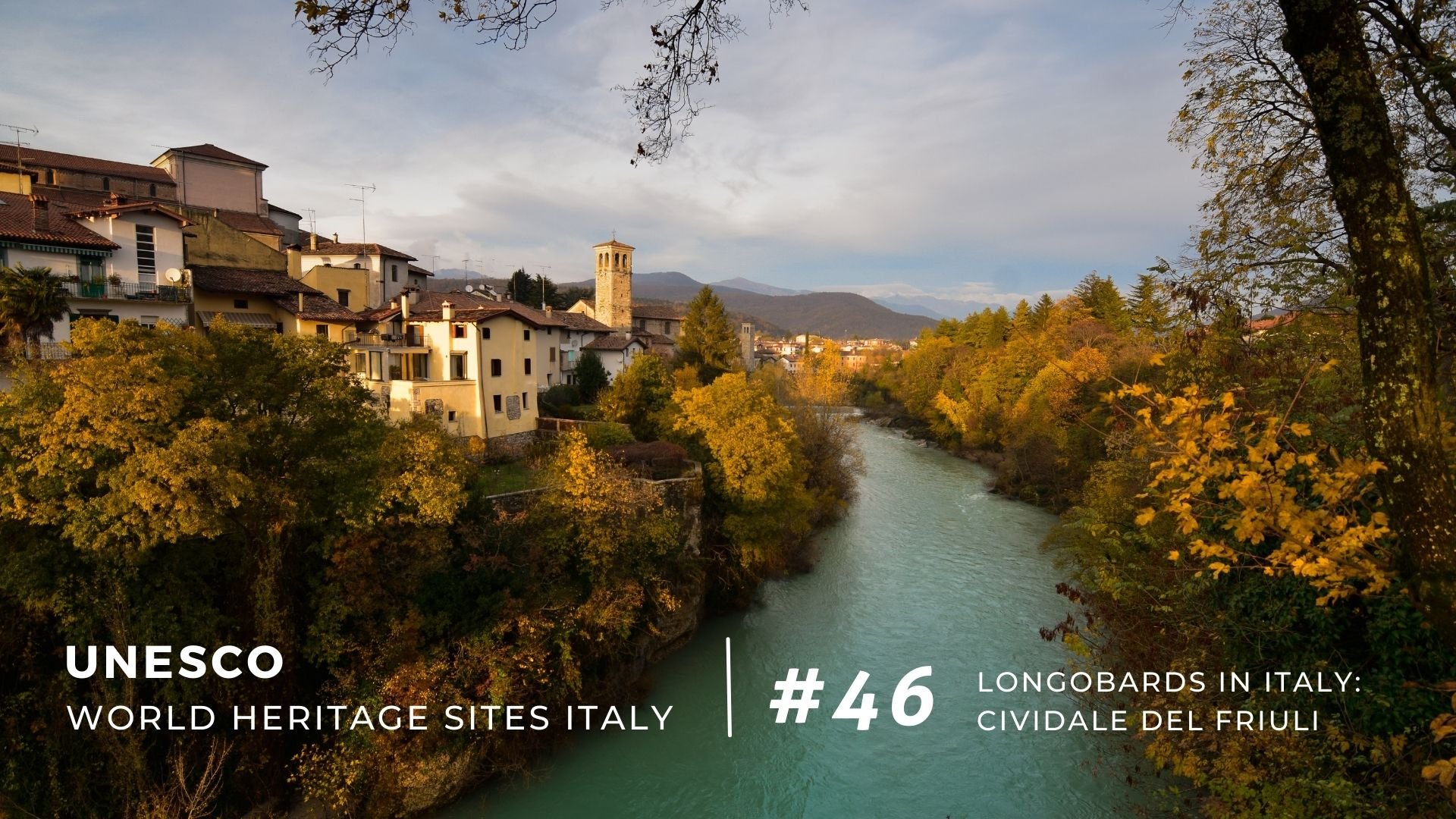
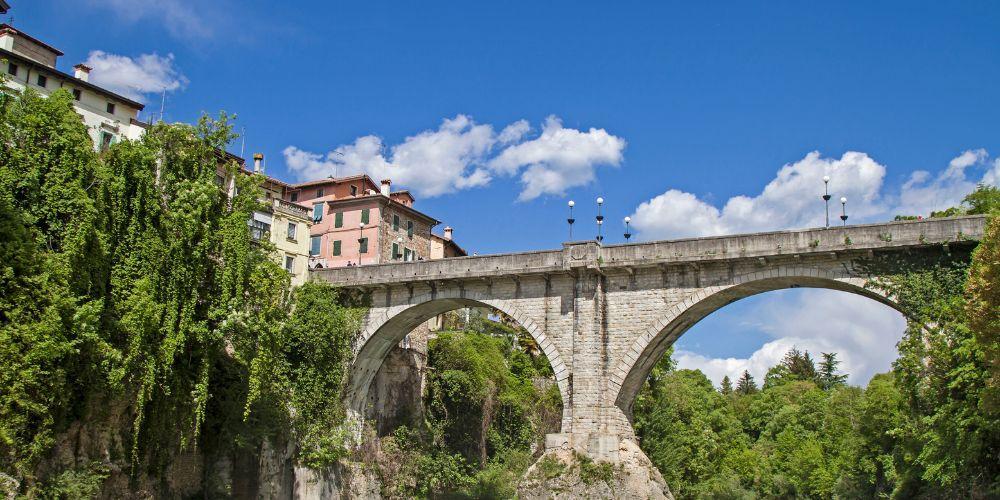
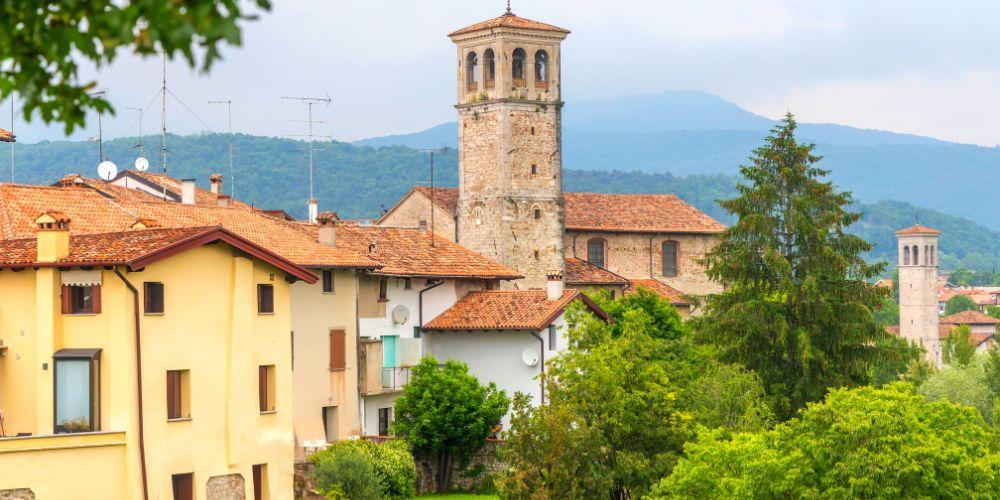
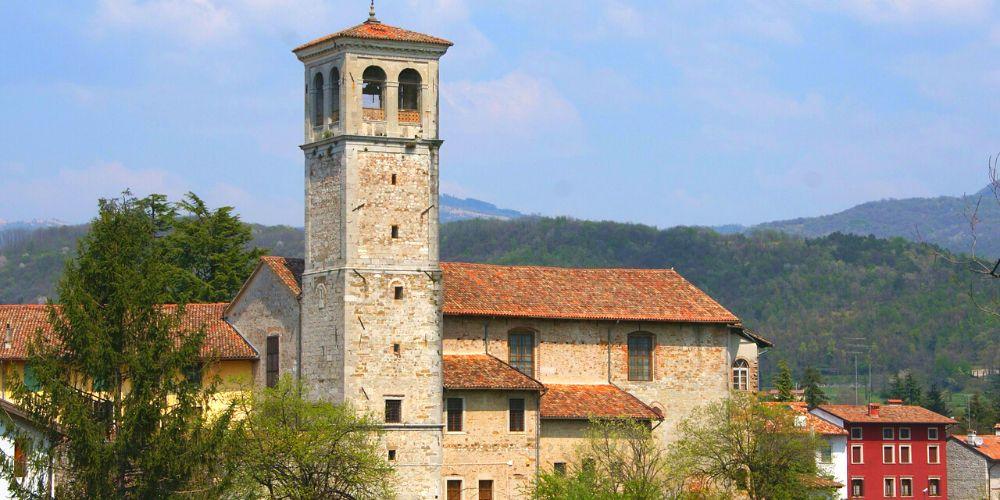
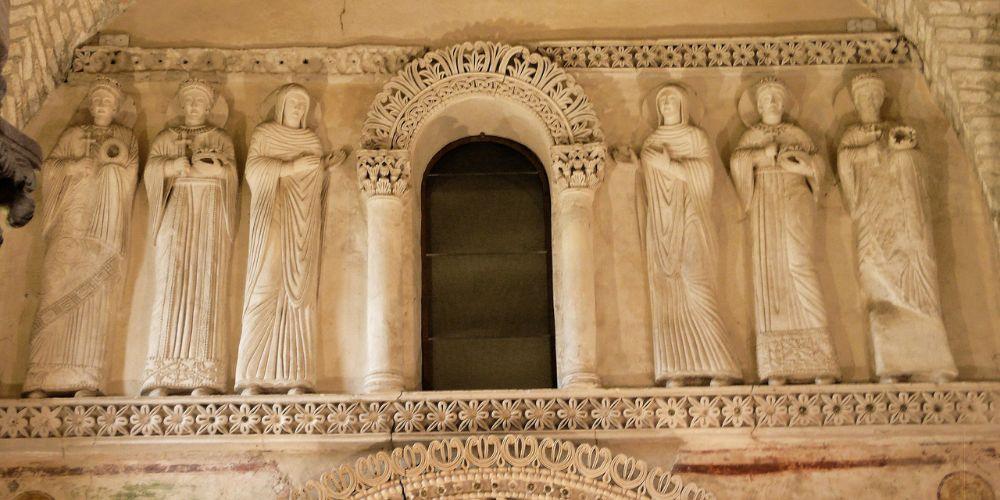
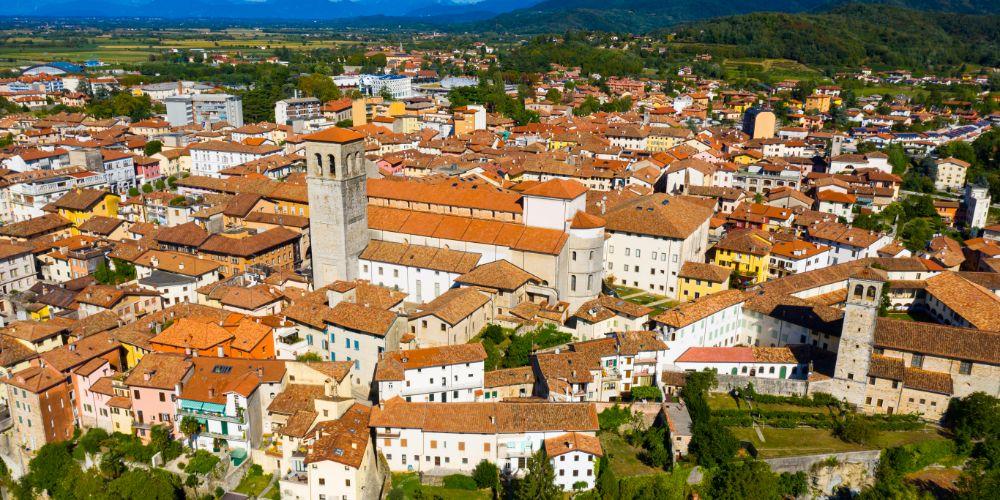

Elisa Borgato
Cividale del Friuli has been part of the UNESCO World Heritage Site 'Longobards in Italy. Places of the Power' since 2011. Discover all its beauty.